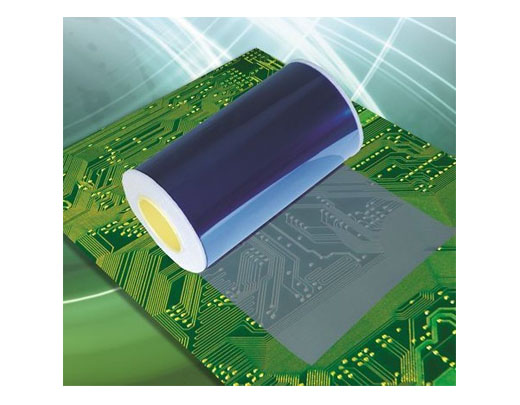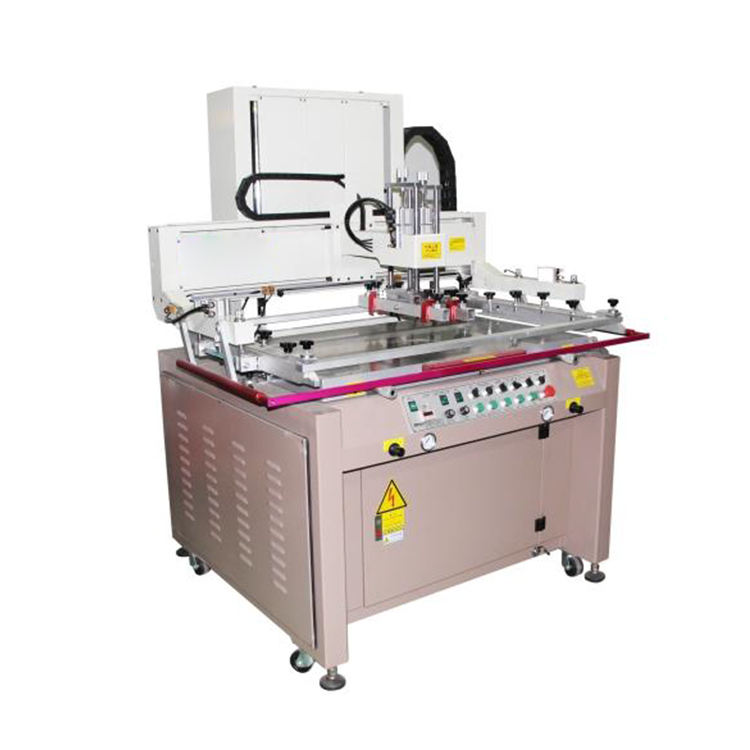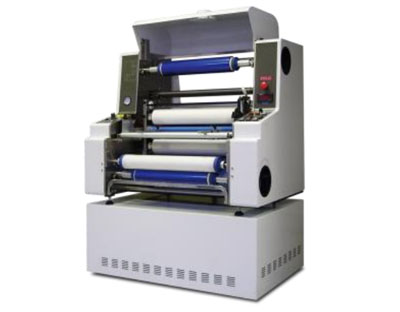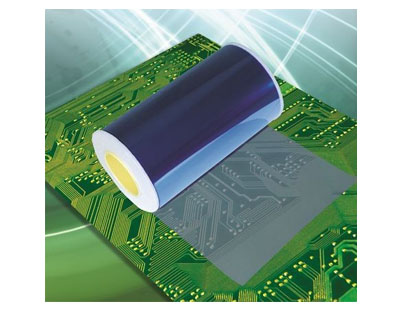The dry film mask is broken
Many customers believe that the temperature and pressure of the film should be increased to enhance its adhesion after the hole is broken. In fact, this view is incorrect, because the solvent of the corrosion resistant layer volatilizes excessively after the temperature and pressure are too high, which makes the dry film brittle and thin, and it is very easy to be broken when developing. We should always maintain the toughness of the dry film. Therefore, after the hole is broken, we can improve from the following points:
High or low exposure energy
Under the irradiation of ultraviolet light, the photoinitiator absorbed light energy decomposes into free radical initiating monomer for photopolymerization, forming body molecules insoluble in dilute alkali solution. In case of insufficient exposure, due to incomplete polymerization, the adhesive film swells and becomes soft during the development process, resulting in unclear lines or even film peeling, resulting in poor adhesion between the film and copper; If the exposure is excessive, it will cause development difficulties, and will also cause warping and peeling in the electroplating process, forming infiltration. Therefore, it is important to control the exposure energy.
The film temperature is too high or too low
If the pasting temperature is too low, the adhesion between the dry film and the surface of the copper clad laminate is poor due to the insufficient softening and proper flow of the corrosion resistant film; If the temperature is too high, bubbles will be generated due to the rapid volatilization of the solvent and other volatile substances in the corrosion inhibitor, and the dry film will become brittle, which will cause warping and peeling during the electroplating shock, resulting in infiltration.
High or low film pressure
When the film pressure is too low, the film surface may be uneven or the gap between the dry film and the copper plate may not meet the requirements of adhesion; If the pasting pressure is too high, the solvent and volatile components of the corrosion resistant layer will volatilize too much, which will cause the dry film to become brittle, and it will lift up and peel off after the electroplating shock.








 Oct. 10, 2020
Oct. 10, 2020 




